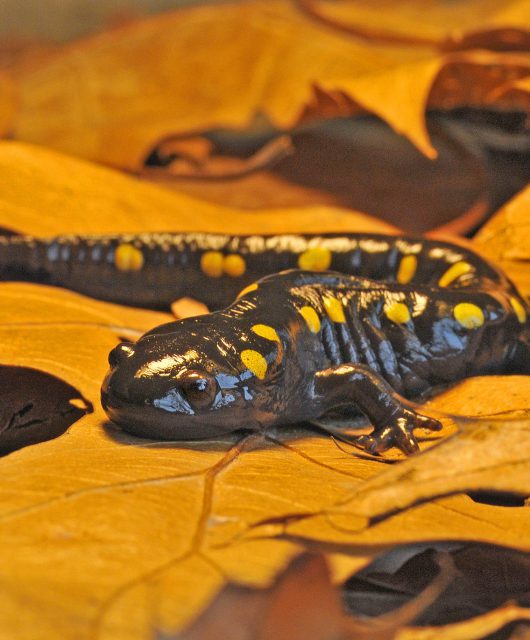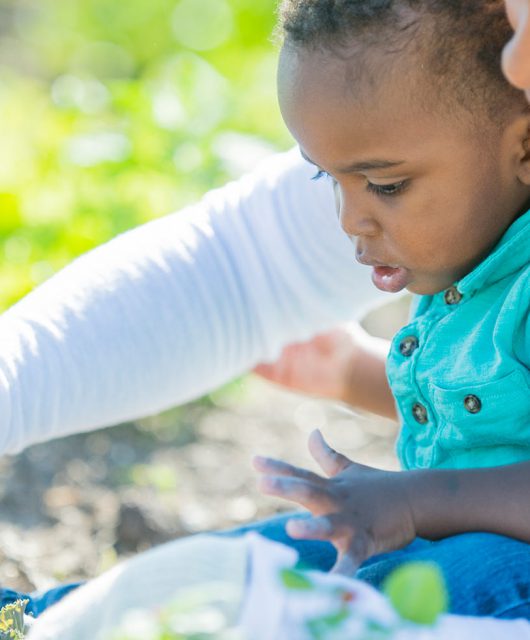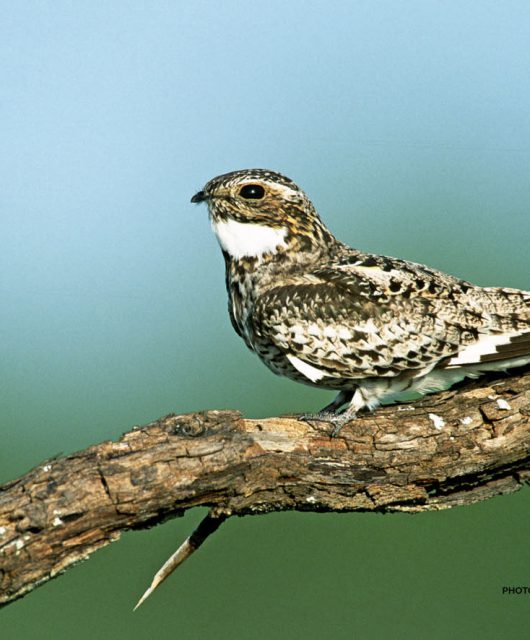Here, at the Canadian Wildlife Federation, we celebrate all kinds of diversity.
There is, of course, our amazing biodiversity, but during this Pride Month, we will also highlight another kind of diversity: sexual orientation and gender diversity. We do know that this diversity is present in humans, but did you know that it is well represented in wildlife too?
Same-sex behaviour is observed in about 1,500 species worldwide. These behaviours include courtship, sexual, pair-bonding, and parental activities. Bisexuality is actually quite common! It’s been observed by humans since the Classical Antiquity, and is first mentioned by Aristotle 2300 years ago. Even so, it hasn’t been extensively researched until now.
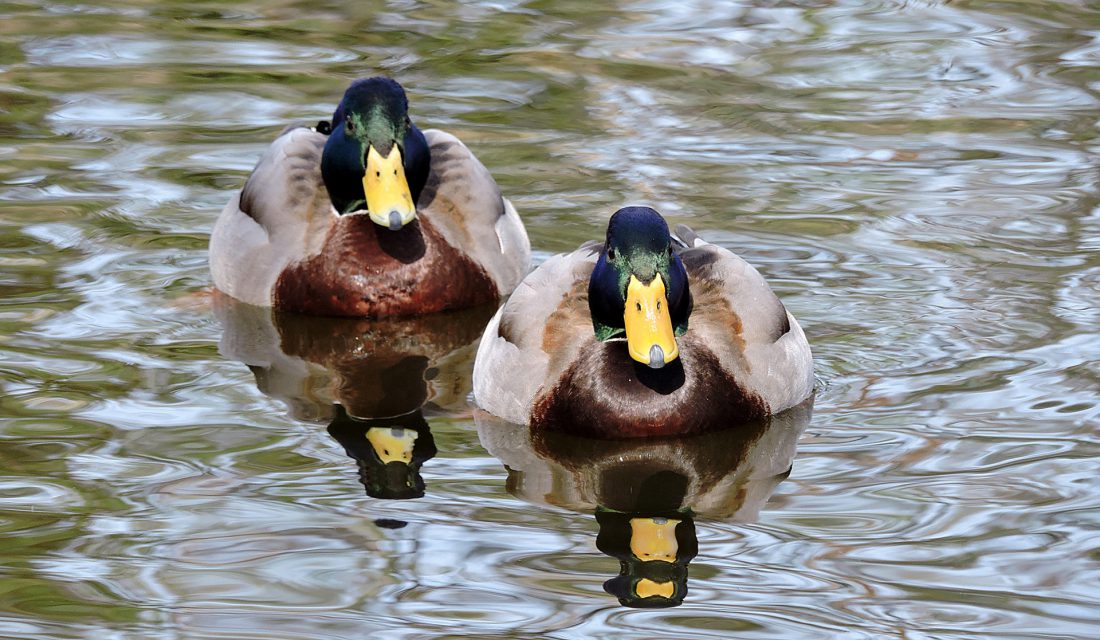
There are several examples of species exhibiting same-sex behaviour in Canada, including the Mallard. Outside of the mating period, as many as 19% of all pairs within a population have been same-sex. It is thought that about 30% of Canada Geese form same-sex bonds, which might surprise some, as it’s not that noticeable since both sexes appear identical. Male-male Trumpeter Swan couples will also build nests and raise young. Barn Owls, Ravens, gulls and many other bird species have been reported as showing same-sex behaviour.
Same-sex behaviour is also present in insects (such as the dragonfly), arachnids and even reptiles!
All sorts of mating systems can be found in Nature: polyandry (where females mate with several males), polygyny (where males mate with several females), both homosexual and heterosexual exclusive coupling for life, and everything in between!
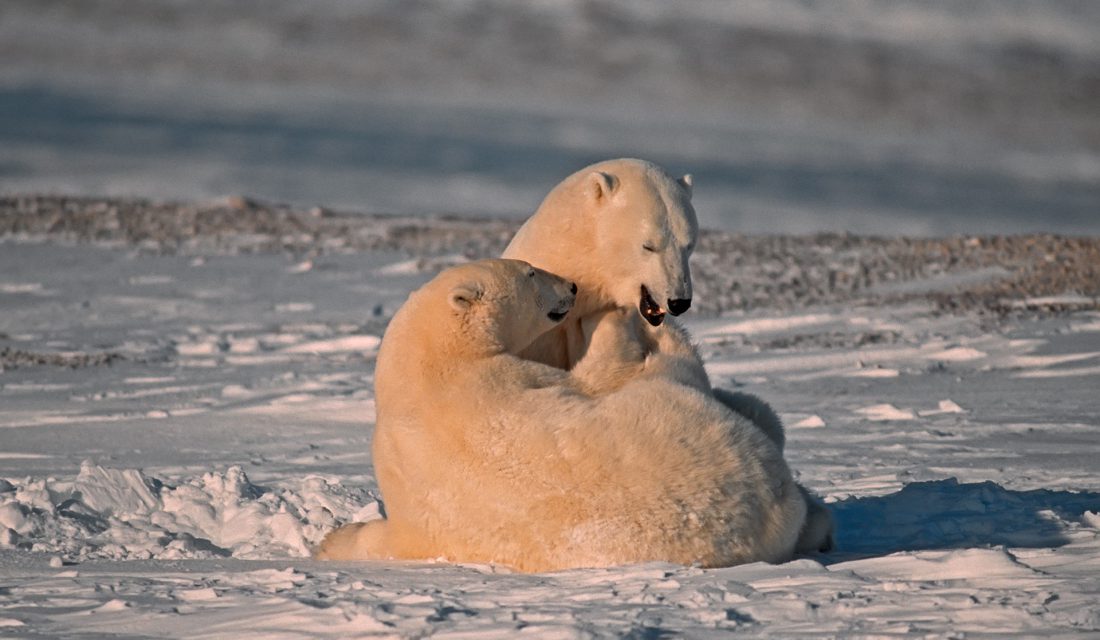
Another aspect of diversity which can be found in the animal kingdom is how nature expresses itself outside of sex and gender binaries. For most of our freshwater turtles, eggs are lain without having a sex. It’s the conditions during incubation which determine the young’s sex: higher temperatures will cause for more females to be born, and lower incubation temperatures, more males. In some species, including some Canadian snails, fish and other invertebrates, an individual is born male but can later reproduce as a female. In others, it’s the reverse: individuals are born female, but they switch to males at some point in their lives.
There are also intersex species, which have both male and female characteristics at the same time, like most slugs and earthworms. While gender has a lot to do with human concepts and society – we can appreciate and celebrate how wildlife can be diverse and fluid too!
We are constantly learning and growing in our efforts to create safe and supportive environments for 2SLGBTQIA+ staff, volunteers, and community members. As it is with wildlife, human kind is beautiful and diverse and we celebrate all forms within our organization.
Diversity, whether it’s out in nature or in humans, is always worth celebrating! Happy Pride Month!

